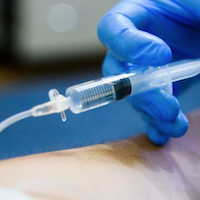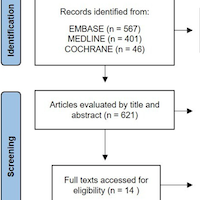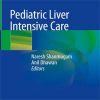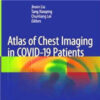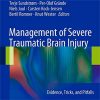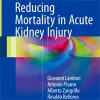Intubation Practices and Adverse Peri-intubation Events in Critically Ill Patients
jamanetwork.com
In this observational study of intubation practices in critically ill patients from a convenience sample of 197 sites across 29 countries, major adverse peri-intubation events—in particular cardiovascular instability—were observed frequently.
The primary outcome was the incidence of major adverse peri-intubation events defined as at least 1 of the following events occurring within 30 minutes from the start of the intubation procedure: cardiovascular instability (either: systolic pressure <65 mm Hg at least once, <90 mm Hg for >30 minutes, new or increase need of vasopressors or fluid bolus >15 mL/kg), severe hypoxemia (peripheral oxygen saturation <80%) or cardiac arrest. The secondary outcomes included intensive care unit mortality. Of 3659 patients screened, 2964 (median age, 63 years; interquartile range [IQR], 49-74 years; 62.6% men) from 197 sites across 5 continents were included. The main reason for intubation was respiratory failure in 52.3% of patients, followed by neurological impairment in 30.5%, and cardiovascular instability in 9.4%.


